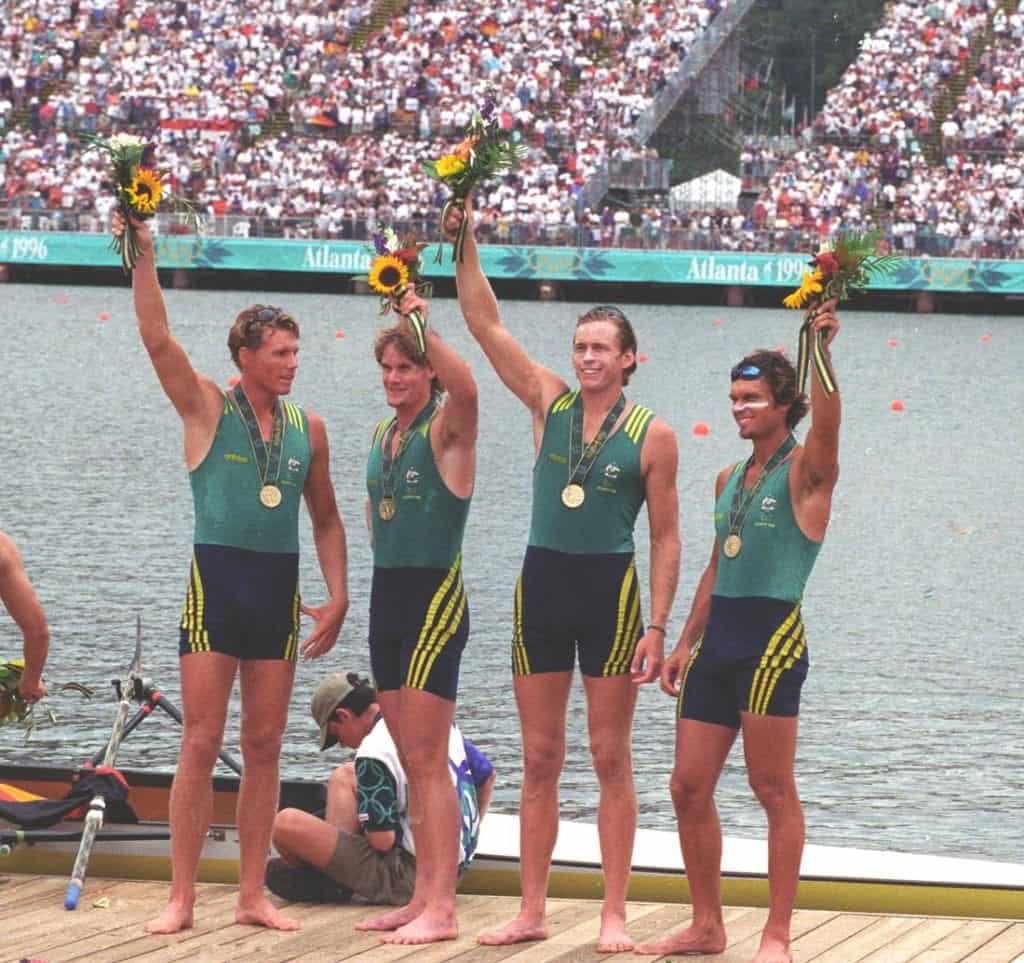Skill Acquisition – 5 Minutes with Bo Hanson
Find out the one thing that every elite athlete has in common, irrespective of their sport. It is their ability to master skill acquisition. In this video, Bo Hanson explores what the experts in this field are doing and how this links ultimately to self-awareness and self-regulation. Get your 5-minute professional development boost now.
Skill Acquisition Transcript
At Athlete Assessments, you know that we focus on understanding yourself as being the pillar or foundation towards athletic success or coaching success. When we’re talking about understanding yourself one of the vital components of this is how we apply that knowledge of ourselves to acquiring skill. Now skill acquisition here in Australia is a topic which is very successfully covered by some researchers and professors in this particular area. There is a lot of professional teams that employ the services of skill acquisition specialists. We’re looking specifically at the most effective way to develop a technique into a consistent technique so that it becomes a skill under pressure and that’s a challenge for every single athlete. I was recently attending a conference and this topic came up and I started linking back to the type of stuff that we do. Because when we talk about skill acquisition what we’re relating it to is an athlete’s ability to what we call ‘self-regulate’.
Self-regulation is inherently linked to an athlete’s level of self-awareness, how well do you understand yourself and be able to put yourself in a position where you can execute your skill in pressure. Self-regulation from a skill acquisition perspective relies on four components. The first one of these components is what we call self-planning. What’s been found is that athletes that have the ability to self-regulate invariably achieve better results than those that don’t. The first step being self-planning. That looks like an athlete that turns up to practice with a plan in place in terms of their goals that they’d like to achieve for that practice, what they technically would like to do better. Perhaps even looking at some footage of themselves performing in the past and looking at the key areas they have in their own mind as to what they want to improve on for this session.
It’s absolutely athlete-driven, the whole concept of self-regulation is it’s done by self. Instead of, what often is the conversation is a coach telling the athlete that today you’re going to improve in this and this and this. These are your goals for today. Self-regulation means we take accountability for doing that ourselves.
The next step is from self-planning to self-monitoring. Once we’ve got a plan in place, we need to monitor our progress towards achieving that particular plan. That is as we go through the practice session, literally taking stock of what am I doing, am I executing what I said I was going to execute? And getting feedback from others. The next step from self-monitoring is self-evaluation.
Self-evaluation happens after a technical drill that you’ve executed and particularly after a practice session where you stop and think back on what you’ve just done and you evaluate your progress. So you may be looking at the goals you were looking at in the self-planning stage. I encourage athletes to give themselves a ranking out of ten. If you said you wanted to improve in this particular area of your technique, it’s the end of session now, where are you at?
At Athlete Assessments, we’re experts in the people side of sport. We know sport and live high-performance every day. Our reputation and proven success at the elite level speaks for itself. The results that our National, Olympic, Professional and Collegiate team clients achieve directly reflects their focus on getting the people side right.
Looking to catch up?
You can watch all videos in the 5 Minutes with Bo Hanson series.
At Athlete Assessments we’re here to provide you with excellence in service and to help you be your best. If there is anything we can do to be of service, don’t hesitate to contact us.






